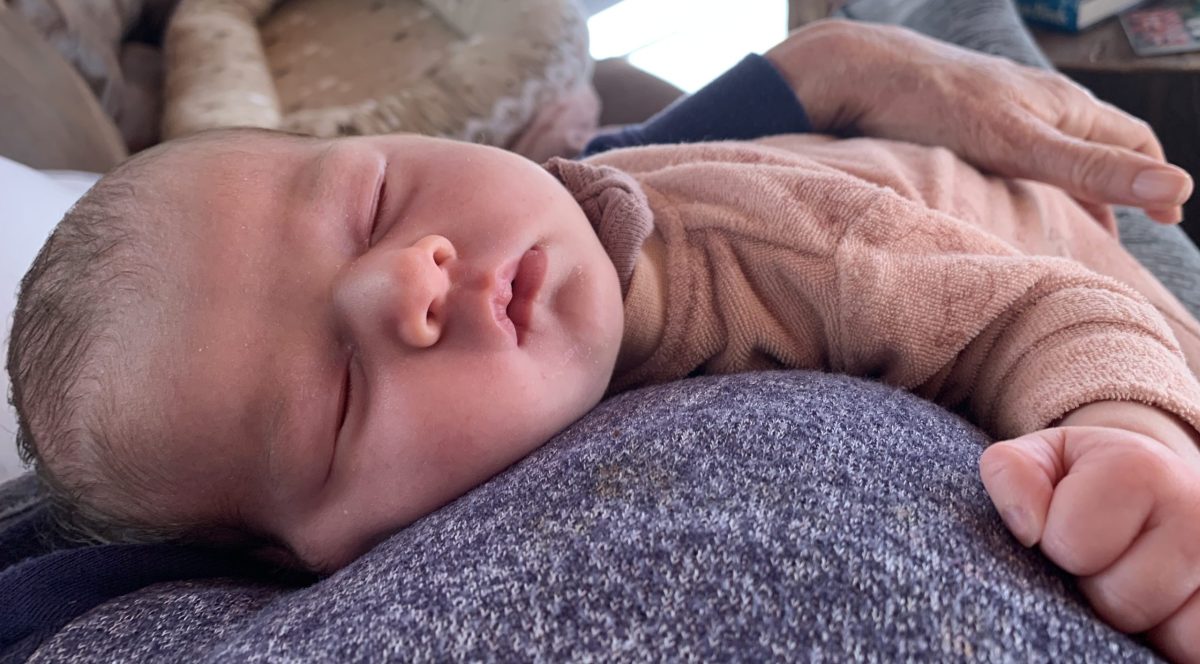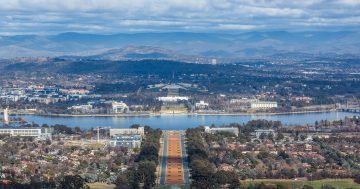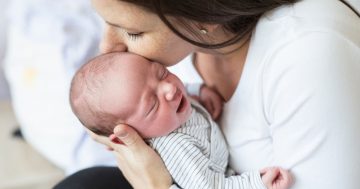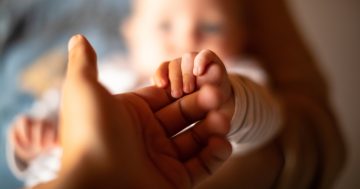
The ACT had the lowest total fertility rate of all states and territories in 2023. Photo: Kim Treasure.
The Australian Capital Territory had the lowest total fertility rate in the country in 2023, recorded at 1.31 babies per woman.
Births were down, however, in most states and territories.
Australia’s birth rate is continuing to decline, with a national total fertility rate of 1.5 babies per woman, according to the latest data released by the Australian Bureau of Statistics (ABS).
There were 286,998 births registered in Australia in 2023, which is a decrease of 4.6 per cent (or 13,686 births) from the previous year and has resulted in a record low.
Of the 2023 births, 51.4 per cent were males, resulting in a sex ratio at birth of 105.6 male births per 100 female births.
A total of 60.1 per cent of the year’s births were to parents in a registered marriage.
The head of demography statistics at the ABS, Beidar Cho, said only Tasmania saw an increase in its total fertility rate since 2022, growing from 1.49 to 1.51 babies per woman.
Western Australia had the highest total fertility rate (1.57 babies per woman) in 2023, closely followed by NSW and the Northern Territory, both at 1.55 babies per woman.
The ACT had 6102 births in 2023, which is 273 less than the previous year’s 6375 – a 4.3 per cent decrease.
The national birth rate has been on the decline for some years now. Over the past 30 years, the total fertility rate has slowly dropped from 1.86 in 1993.
This decline was most prominent among women aged 15 to 19 years, and the age-specific fertility rate fell by more than two-thirds (to 6.2 per 1000 women).
The age-specific fertility rate of women aged 20 to 24 years also saw a large decline.
In contrast, the age-specific fertility rate of women aged 40 to 44 years almost doubled (to 15.1 per 1000 women) when compared with 30 years ago.
Meanwhile, women aged 30 to 34 years continue to have the highest age-specific fertility rate (105.2 babies per 1000 women), followed by women aged 25 to 29 years (74.9 babies per 1000 women).
“The long-term decline in fertility of younger mums as well as the continued increase in fertility of older mums reflects a shift towards later childbearing,” Ms Cho said.
“Together, this has resulted in a rise in the median age of mothers to 31.9 years and a fall in Australia’s total fertility rate.”
The ABS also presented specific birth rate data for Indigenous Australians.
“In 2023, the total fertility rate for mothers who were Aboriginal and Torres Strait Islander was 2.17 babies per woman,” Ms Cho said.
“There were 24,737 births registered where at least one parent was an Aboriginal and Torres Strait Islander Australian, which makes up 8.6 per cent of all births.”
The total fertility rate is the number of registered births per woman. Crude birth rate is the number of births per 1000 estimated resident population.
Statistics are published on the Births, Australia 2023 website and based on births registered in a calendar year and reported to the ABS by Registries of Births, Deaths and Marriages in each state and territory.





















